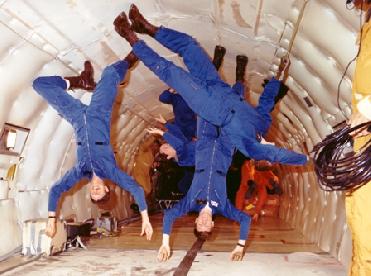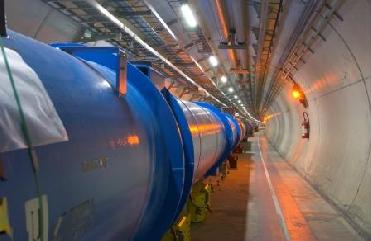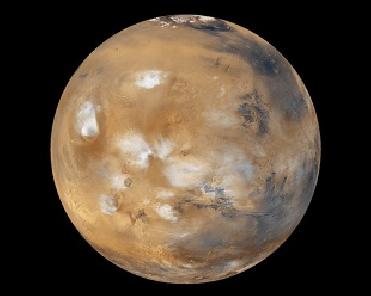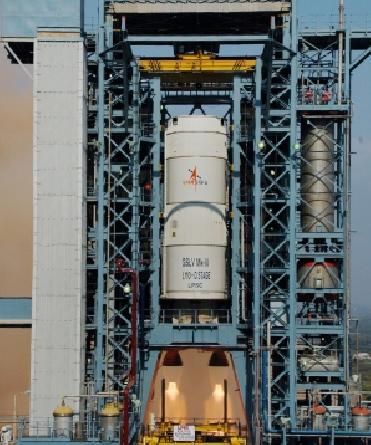
Astronauts need to intensify their exercise programme to enhance muscle performance.
WASHINGTON (BNS): Astronauts embarking on extended space missions need to modify their workout regimen to avoid extensive muscle loss during their stay in space, according to a new study.
The study, conducted by the Ball State University's Human Performance Laboratory (HPL) and sponsored by NASA, suggests that changes are needed to optimize the inflight exercise programme for astronauts to improve their muscle performance while in space for extended stays.
Average stay on the International Space Station (ISS) runs for about six months. During this period, preservation of crewmember health in zero-gravity environments is important for safety and mission success. Since exercise is the primary course of action to protect the cardiovascular system, bone, and skeletal muscles, astronauts need to find the optimal exercises to stay fit, says the research published in the The Journal of Applied Physiology.
The findings of the study were based in part on muscle biopsies taken from astronauts. For first time, this procedure has been allowed on crewmembers who have completed long-flight missions, according to Scott Trappe, HPL director.
Working with NASA, Marquette University's biological sciences department, Wyle Integrated Science and Engineering Group in Houston, and the Medical College of Wisconsin, Trappe found that even while the crewmembers exercised, they still lost an average of 15 percent muscle mass and 20 to 30 percent loss of muscle performance.
�By clinical standards, this is a massive loss,� Trappe said. �This approaches what we see in aging populations in comparisons of a 20-year-old versus an 80-year-old. This poses risks to the crewmembers and could have a dramatic impact on locomotion and overall health, which would impact a variety of crewmembers' activities including future goals of planetary exploration,� he was quoted as saying in the Science Daily.
Trappe and the HPL team have been conducting the ground-based bed rest studies of long duration � between 60 and 90 days � parallel to their ISS research.
Trappe said, �From our bed rest studies, we found that when high-intensity resistance and aerobic exercise are balanced correctly, this is an effective prescription that is quite therapeutic in protecting skeletal muscles in a simulated microgravity environment.�
�The next step is to apply what we have learned from the ISS experience and implement the next generation of exercise prescription programmes into the space environment,� he said.
In November 2008, NASA delivered an Advanced Resistance Exercise Device (ARED) to ISS that offers astronauts greater capability to exercise at higher workloads and intensity. In addition to new equipment, the astronaut trainers have provided new exercise prescriptions customized for each crewmember during ARED use.
Studies are underway at NASA to further develop and validate resistance exercise prescriptions designed to improve astronaut performance and health, as well as mitigate risk, according to Judith Hayes, NASA deputy chief, human adaptation and countermeasures division based at the Johnson Space Center in Houston.
 Previous Article
Previous Article Next Article
Next Article












The Indian Air Force, in its flight trials evaluation report submitted before the Defence Ministry l..
view articleAn insight into the Medium Multi-Role Combat Aircraft competition...
view articleSky enthusiasts can now spot the International Space Station (ISS) commanded by Indian-American astr..
view article